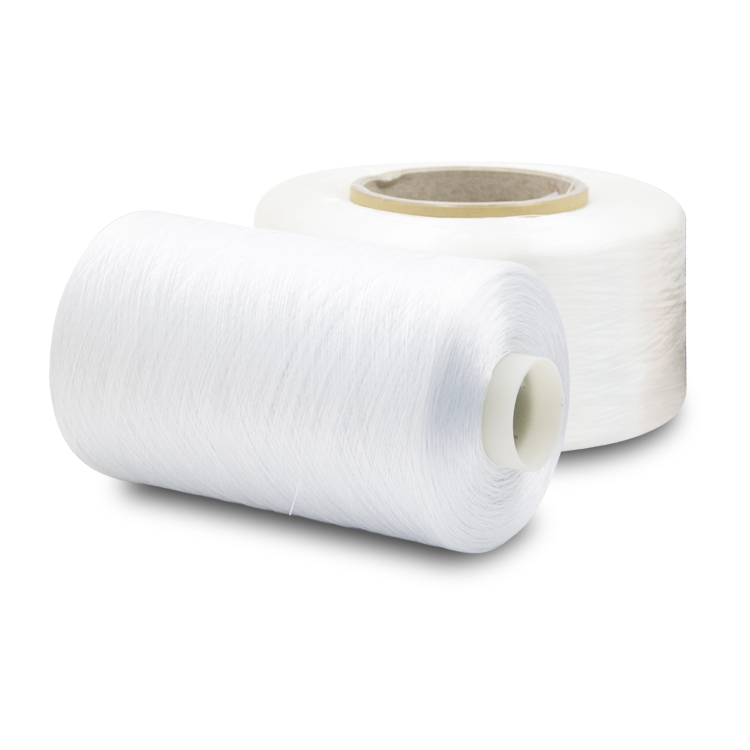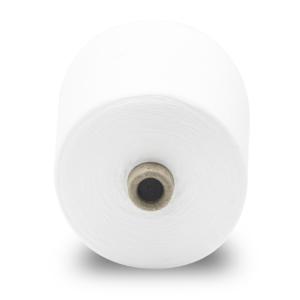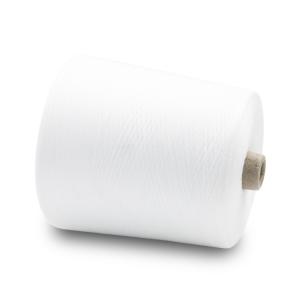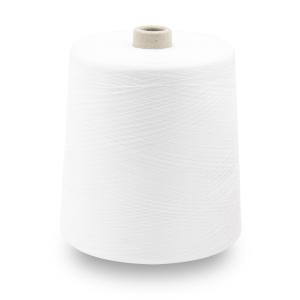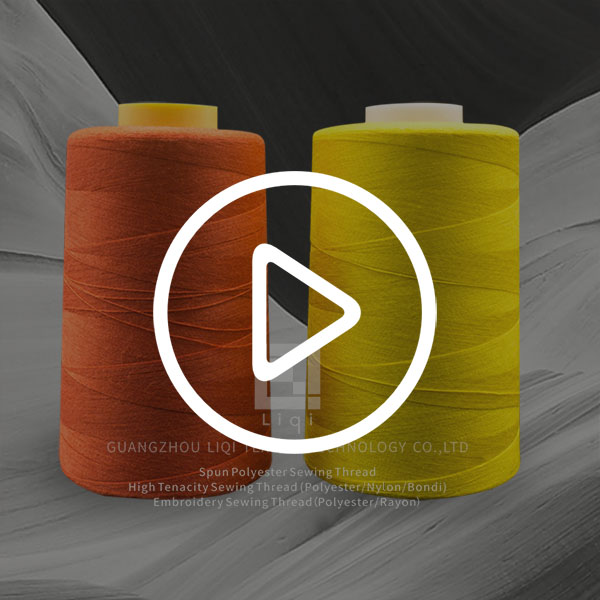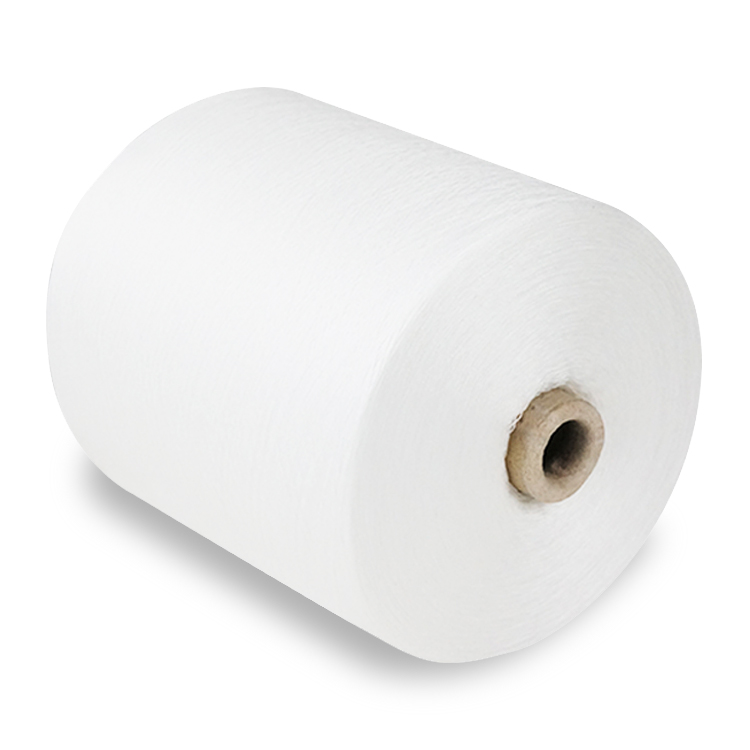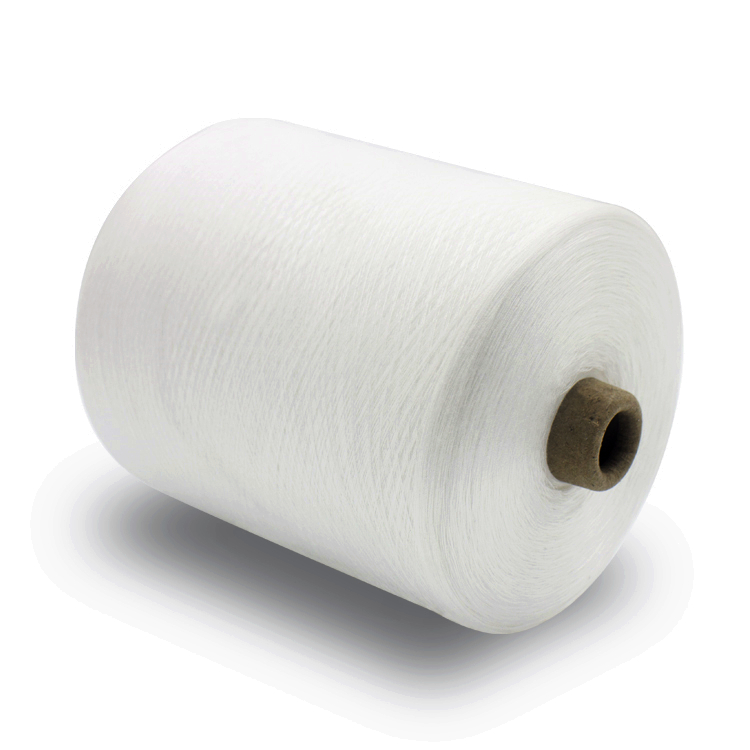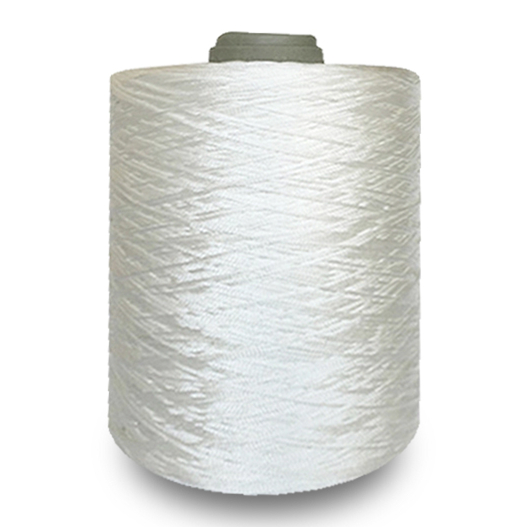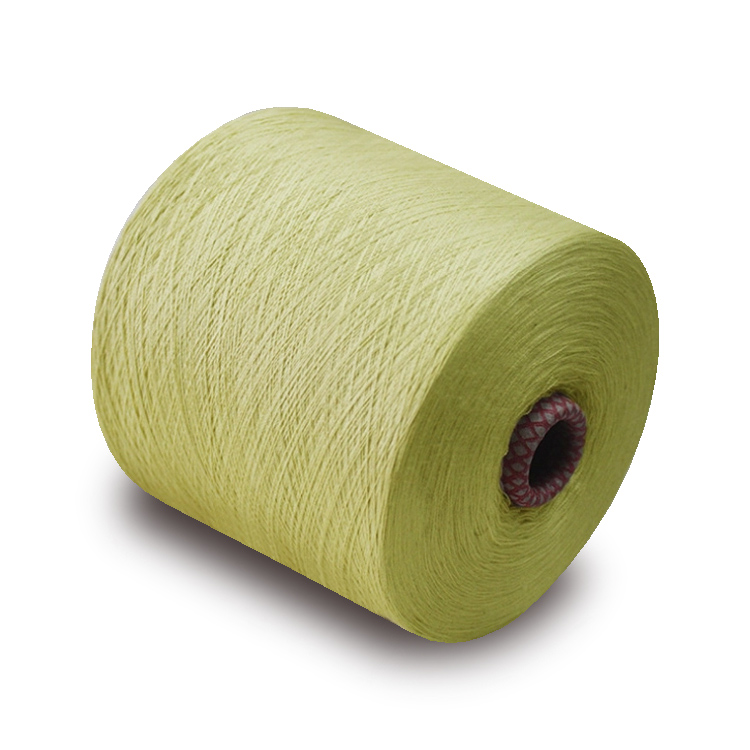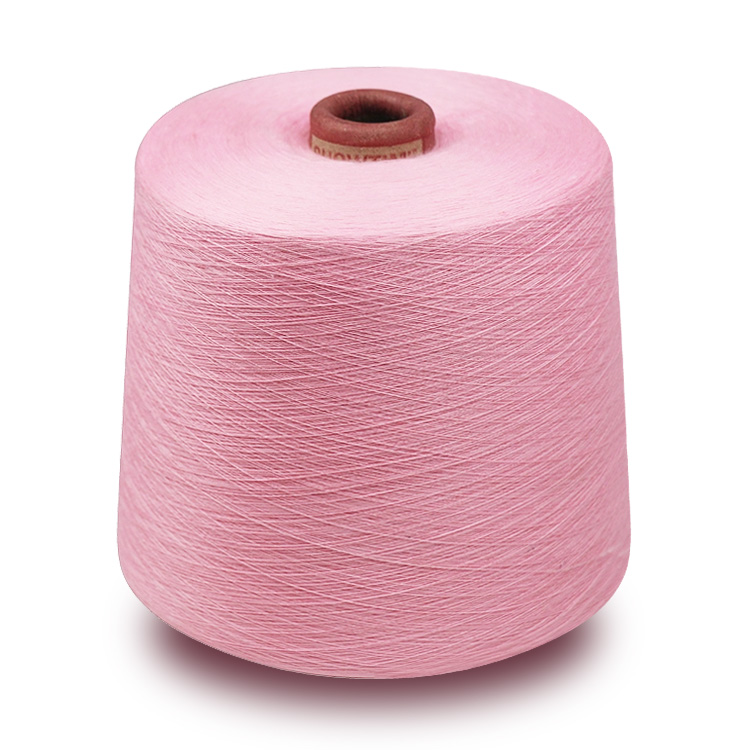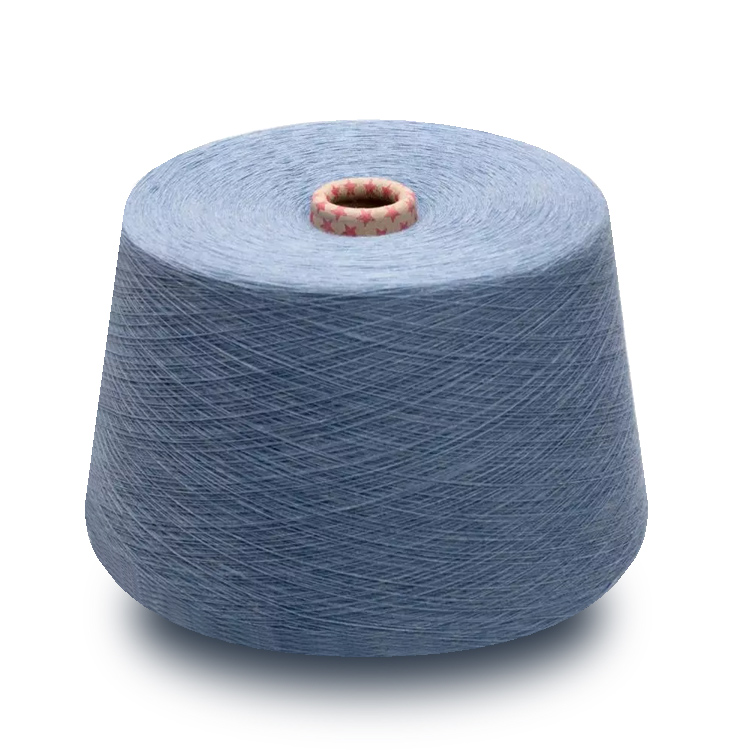Share to:
Related Products
Supply highest quality recycled hand weaving dyed yarn
LQ-0403
Price: From $0.66
Delivery time: 9-20 days after payment
MOQ: 500 KG
Product Type:Blended textile yarn
Pattern:Dyed
Technics:Open end / OE
Use:Weaving
Feature:Recycled
Evenness:EVEN
Twist:500TPM
Yarn count:3S TO 32S
Strength:850CN
Packaging:PP bags
Yarn is a continuous linear object made of various textile fibers. It is thin and soft, and has the basic properties required for textile processing and final product use. Yarn is mainly used for weaving shuttle fabrics, knitted fabrics, knitted fabrics and some non-woven fabrics. A small part of yarn exists directly in the form of linear textiles, such as sewing yarn, wool yarn, embroidered yarn, thread rope and other miscellaneous yarns.
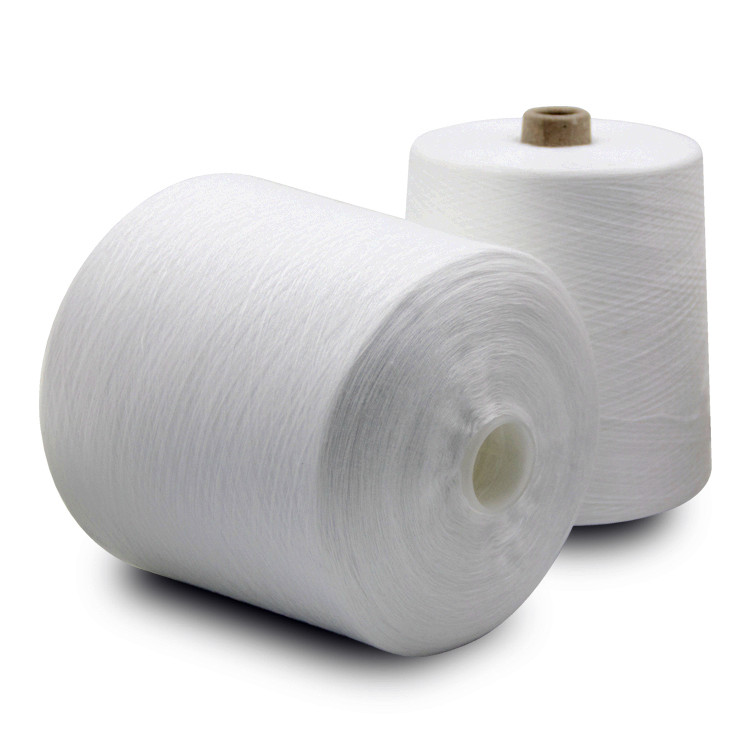
Yarns are classified according to the type of raw materials:
1.Pure spinning textile yarn
Pure spinning yarn consists of the same kind of fiber, such as pure cotton yarn, wool yarn, viscose yarn, acrylic yarn, polyester yarn, nylon yarn and so on.
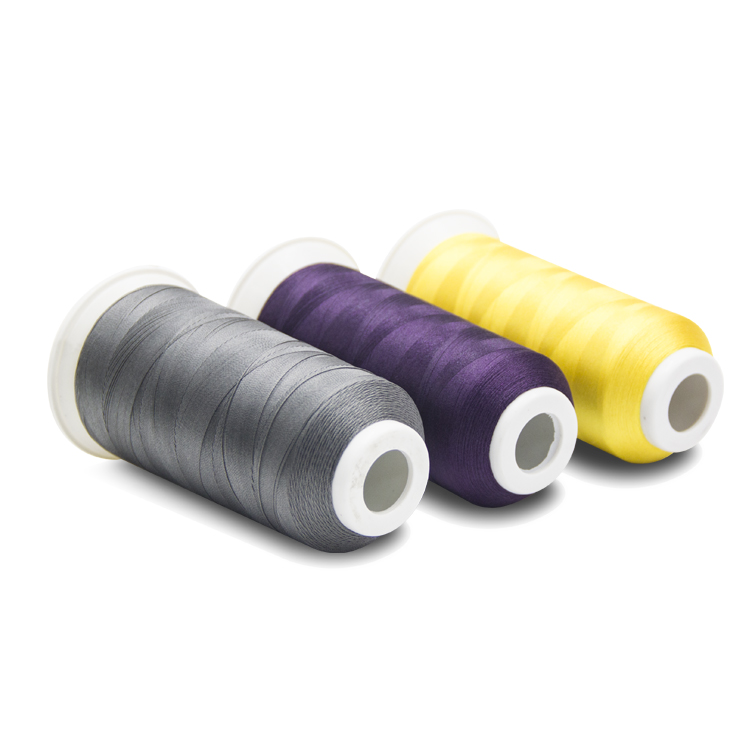
2. Blended yarn
Blended or twisted yarns consist of two or more fibers, such as polyester/cotton blended yarn, wool/polyester blended yarn, wool/nitrile blended yarn, polyester/viscose/nitrile blended yarn, silk/cotton cross-twisted yarn, etc. There are two or more kinds of staple yarn, called blended yarn, and the yarn made of two or more filament yarns (such as twisting) is called blended yarn. Its blends are as follows:
Xa = Wa/W*100% of which Xa is the content of some component fibers
Wa is the weight of the component fibers
W is the weight of blended yarn
The yarn can be divided into seven series according to its physical properties and usage characteristics.
Series I. Short fibre textile yarns
Staple yarn is made from various staple fibers by spinning process. Usually the staple fibers are spun into single yarn through the staple yarn forming system, and then several single yarns are combined and twisted into strands. If several strands are further combined and twisted, they will become double twisted strands. The strands are widely used in wool fabrics. Whether single yarn, ply yarn or double twisted ply yarn are used in the fabric should be determined according to the design requirements and use characteristics of the fabric.
Series II. Continuous filament textile yarn (filament or silk)
1. Silk filament textile yarn
Cocoon filament yarn is a continuous filament made from cocoon silk on silkworm cocoon by reeling process, which is called cocoon filament yarn because it contains sericin, commonly known as raw silk and factory silk. Several filaments are combined and twisted to form silk yarns, both rubber-containing and degummed. Silk filament is an important raw material for silk industry, which is mainly used for processing various kinds of silk fabrics yarns.
2. Chemical filament textile yarn
Chemical filament yarn is formed by clustering at the same time as chemical staple fibers. It does not need to be clustered into yarns by staple fibre spinning process before weaving into various kinds of fabrics. Compared with the former, the former has higher production efficiency, and although it is made of filament yarn and staple yarn with the same kind of fibers. There are great differences in style.
Fiber-forming polymers form continuous filaments through spinnerets. The number of fibers contained in the filaments depends on the number of spinneret holes on the spinneret. Single-hole filament yarn (commonly known as glass filament) is ejected from the single-hole spinneret, which can be used to weave transparent fabrics. The filament yarn made of porous spinneret is called multifilament yarn, which is called multifilament yarn for short. Twisted filament yarn is formed after twisting of multi-filament yarn. By combining several twisted filament yarns and twisting them together, a strand is formed. Because the strand is composed of filament, it is also called Double-Twisted yarn.
Series III, strands
Two or more single yarns are assembled and twisted together to form a yarn called strand, or yarn for short. If necessary, multiple strands of yarn can be assembled into another yarn by merging and twisting again. Such yarn is called double twisting strand. The single yarn used to form the strand can be staple yarn or filament yarn; it can be the same fiber material or different fiber material, it can be the same staple yarn or different.
Series IV. Filament/staple composite yarn composed of staple fibers and filament yarns
Core-spun yarn is a typical product of composite yarn composed of staple fibers and filament yarns. It is usually composed of two different kinds of fibers. The formation of core-spun yarn can be covered by filament fibers or by staple fibers. The characteristics of fibrillation and the special appearance effect can be obtained. For example, when the cotton fibers covered with polyester filament yarn are acidified by polyester/cotton core-spun yarn, because only the core skeleton of polyester fibers (polyester fibers are stable in acid solution), a strong three-dimensional pattern can be formed on the surface of the fabric. Sex filament is used as inner core and cotton fibers are wrapped around it. The clothes woven with such yarns have both comfortable touch and elasticity. With the improvement of spinning technology, the combination of staple fibers and filament fibers has developed into a combination of parallel twisting of filament and staple fibers, which can simultaneously provide the style characteristics of filament yarn and staple yarn, and is suitable for taking into account the respective advantages of different fibers and different aggregates.
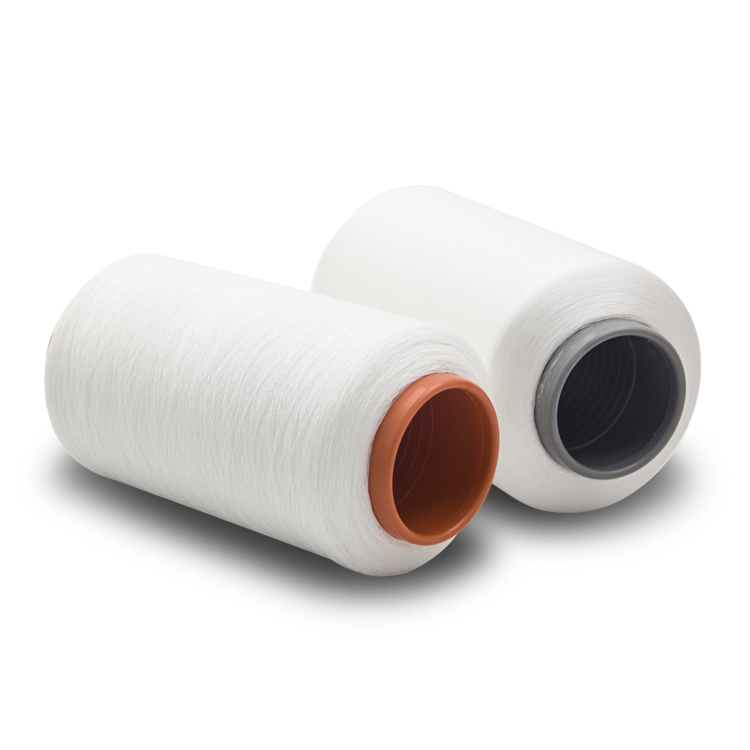
Series V. Fancy textile yarns
The application of fancy yarn or fancy yarn is mainly aimed at decorative effect. It is usually twisted and combined irregularly with staple or filament yarn to obtain discontinuous and periodic patterns. Fancy yarns are generally composed of core yarn, decoration yarn and consolidation yarn, which require special processing equipment or special technology. Common fancy yarns are: (1) knot yarn, (2) spiral yarn, (3) slub yarn, (4) loop yarn, (5) knot yarn, (6) rope yarn, (7) rhombic metal multi-strand yarn and so on. Various fancy yarns are widely used in garments, decorative fabrics, hand knitting and other fields because of their different characteristics of raw material composition, appearance, handle and yarn count.
Series VI. Deformed textile yarns
The yarn made of ordinary chemical fibers lacks bulkiness and covering property, which makes it difficult to meet the requirement of soft and elastic clothing. However, chemical fibers, especially synthetic fibers, have the characteristics of adjustable and controllable structural properties, and can be fully used to obtain many novel products, such as textured yarns. Its processing principle is a kind of yarn with high bulkiness and elasticity, which is made of the plasticizing and deformation characteristics of synthetic fibers after heating.
There are two forms of yarn formation. One is staple yarn which mainly pursues bulkiness, referred to as bulky yarn. Its characteristics are bulky volume, soft handle, and high compressive elasticity, such as acrylic bulky staple yarn; the other is chemical filament yarn, referred to as elastic yarn, which is mainly in pursuit of elasticity. Under the action of small load external force, it can have greater elongation deformation and deformation recovery ability. According to the stretch deformation ability of elastic filament, it can be divided into high-elastic filament and low-elastic filament. High-elastic filament is mainly made of nylon filament, which has large stretch elasticity and good covering performance. It is suitable for making tights, sweaters and sweaters, etc.
Low-elastic filament is mainly made of polyester filament, and a few of them are made of polypropylene, nylon and other synthetic fibers. Its stretching and deforming ability is much lower than that of high elasticity yarn.
It basically provides the appearance effect of ordinary filament yarn, but it has soft touch and can be used as ordinary clothing. In addition, there are some textured yarns (such as air textured yarns) made by other texturing methods, which are mostly used to imitate some characteristics of natural fibers to make up for the shortcomings of ordinary synthetic fabric in appearance, texture and durability.
Series VII. Other textile yarns
Brief summary:Some yarns used in industry, agriculture, military and other fields to meet special needs, such as cord yarn (used for tire lining), sewing yarn, rubber yarn, glass yarn, thin film flat yarn, various kinds of yarn and rope, etc.

